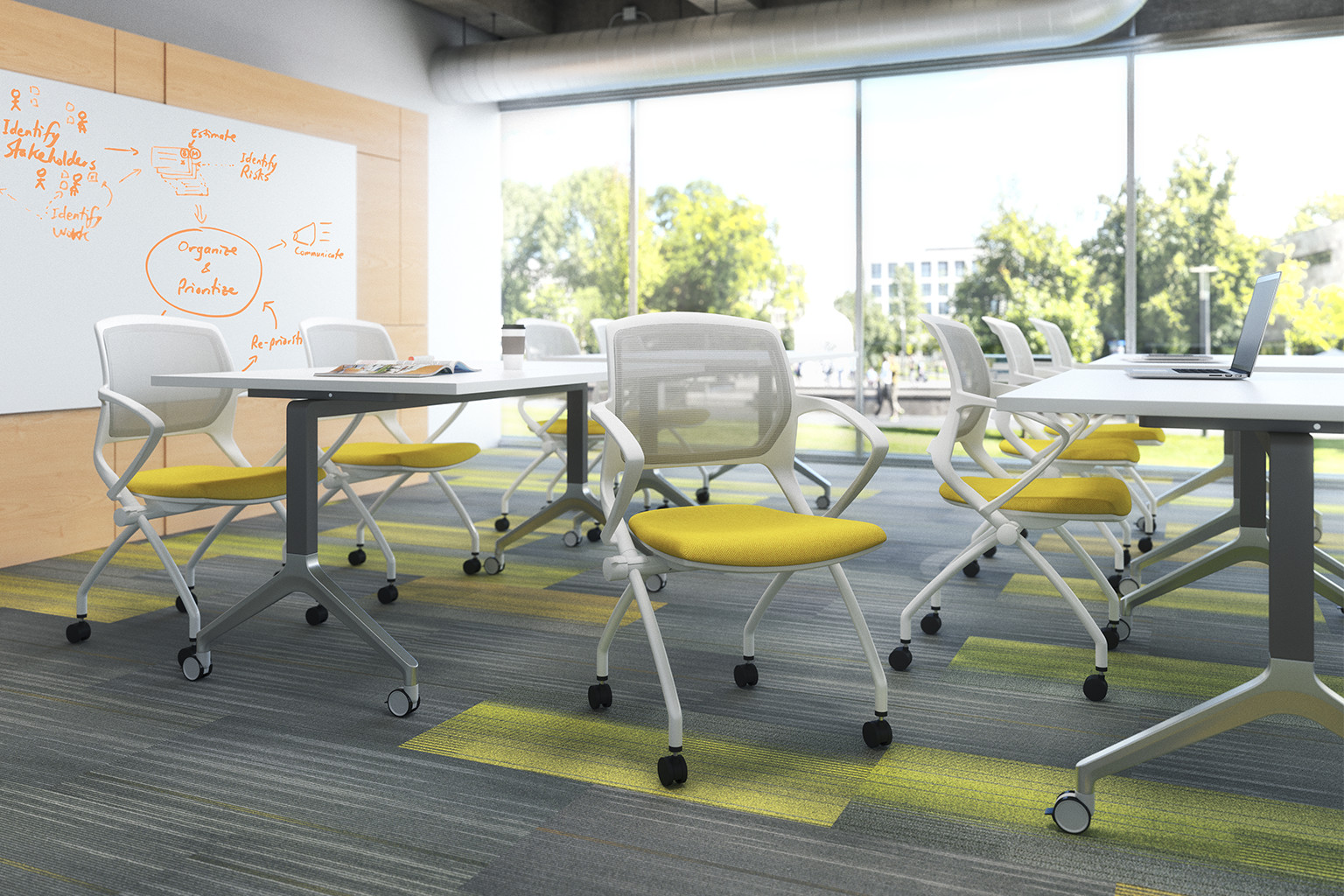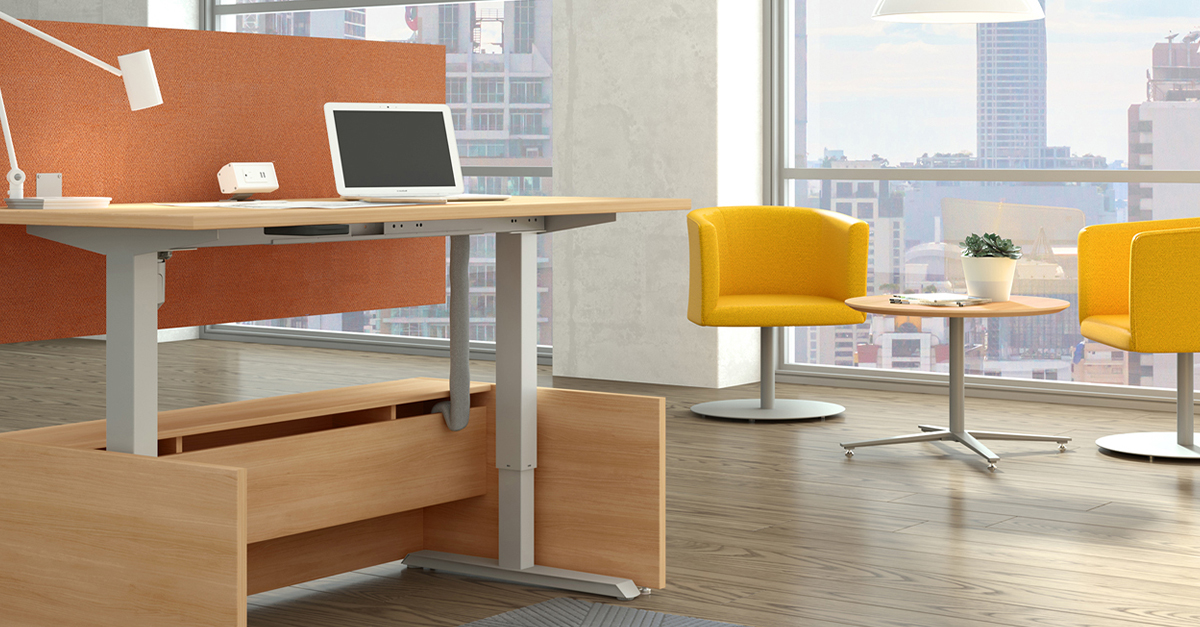As educators, we are always looking for ways to enhance student engagement in the classroom. One often overlooked aspect of the learning environment is the furniture. Traditional classroom furniture can be uncomfortable and restrict movement, leading to distracted and disengaged students. However, the use of standing desks and adaptive seating can provide numerous benefits for students, including increased focus, energy, and collaboration.

-
Benefits of Standing Desks
Standing desks have become increasingly popular in recent years, and for good reason. Research shows that standing desks can improve student engagement and overall health. When students are standing, they are more likely to be active and alert, leading to increased productivity and focus. Standing desks also provide a way for students to burn calories and reduce sedentary behavior, which can lead to long-term health benefits.
-
Benefits of Adaptive Seating
Adaptive seating, or flexible seating, allows students to choose seating options that best fit their needs. This can include wobble stools, yoga balls, and even bean bag chairs. The idea behind adaptive seating is that when students are comfortable and can move freely, they are more likely to be engaged and focused. Studies have shown that adaptive seating can improve posture, reduce anxiety, and increase collaboration among students.
-
The Role of Mobility
Mobile furniture, such as movable tables, rolling chairs, and portable whiteboards, plays a crucial role in facilitating active learning. It allows for easy reconfiguration of the classroom environment, empowering students to take control of their learning experience and fostering collaboration between peers.
Mobile furniture also supports hands-on learning activities and makes it easier to create workspaces that accommodate different needs. Safety should always be a top priority when using mobile furniture. When used appropriately, mobile furniture can provide numerous benefits for active learning and student engagement in the classroom.
-
Incorporating Furniture for Active Learning
Incorporating furniture for active learning can be a simple and effective way to enhance student engagement. One way to do this is by creating a flexible seating area in the classroom. This can be achieved by providing a variety of seating options such as standing desks, wobble stools, and bean bag chairs. Another way to incorporate furniture for active learning is by providing opportunities for movement throughout the day. This can include taking short movement breaks, stretching, or even conducting lessons outside.
-
FAQs
Q: What are the best types of adaptive seating for the classroom?
A: The best types of adaptive seating will depend on the needs of the individual students. Some popular options include highly adjustable ergonomic task chairs, perching stools, and yoga balls.
Q: How can standing desks benefit student health?
A: Standing desks can benefit student health by reducing sedentary behavior, increasing energy levels, and improving posture.
Q: Will incorporating furniture for active learning be expensive?
A: It doesn’t have to be. There are many affordable options for standing desks and adaptive seating. To find affordable active learning solutions, it’s crucial to work with a vendor who takes the time to understand your classroom needs and budget before providing suggested solutions.

Conclusion
Incorporating furniture for active learning can have numerous benefits for students, including increased engagement, collaboration, and health. By providing students with options for movement and comfort, educators can create a more dynamic and effective learning environment. Investing in standing desks and adaptive seating may be the key to unlocking the full potential of our students.
